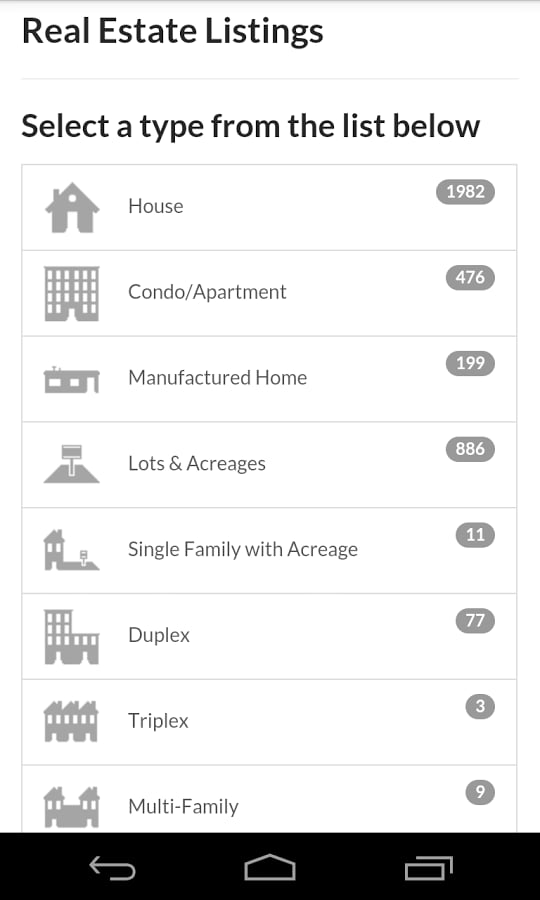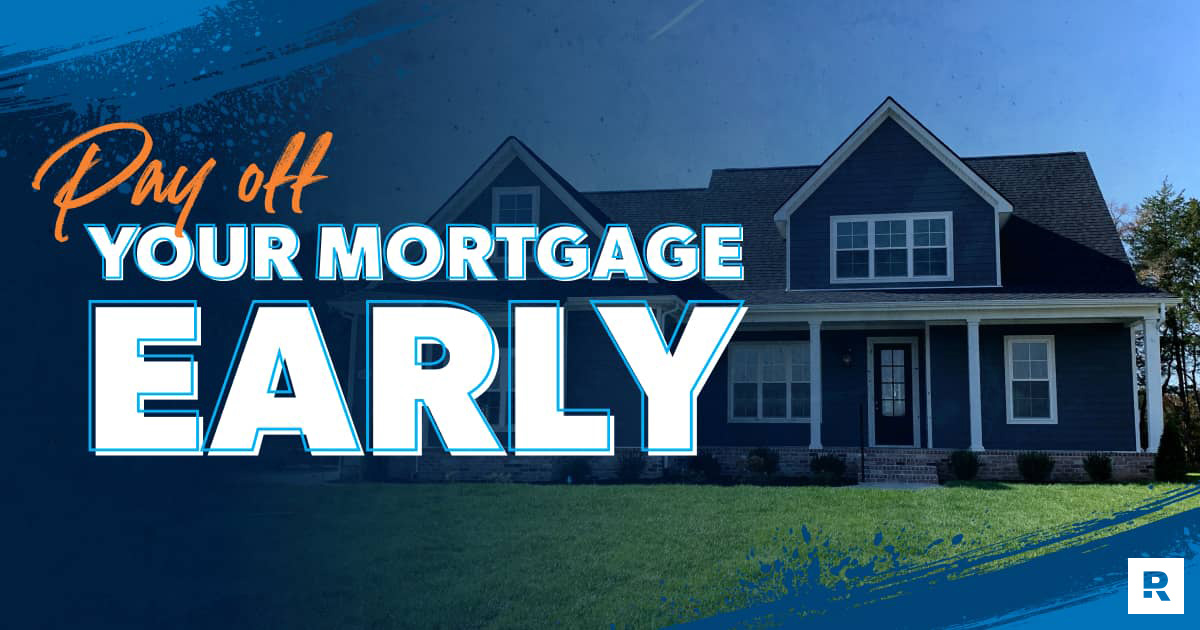Unlocking Your Dream Home: A Comprehensive Guide to Higher Priced Mortgage Loan Requirements
Guide or Summary:Understanding Higher Priced Mortgage Loan RequirementsWhat Constitutes a Higher Priced Mortgage Loan?Key Requirements for Higher Priced Mor……
Guide or Summary:
- Understanding Higher Priced Mortgage Loan Requirements
- What Constitutes a Higher Priced Mortgage Loan?
- Key Requirements for Higher Priced Mortgage Loans
- Documentation Needed
- The Importance of Shopping Around
Understanding Higher Priced Mortgage Loan Requirements
When it comes to purchasing your dream home, navigating the world of mortgages can be daunting. One crucial aspect to consider is the higher priced mortgage loan requirements. These requirements are essential for potential homeowners seeking loans that exceed certain thresholds set by the Consumer Financial Protection Bureau (CFPB). Understanding these guidelines can help you make informed decisions and secure the financing you need.
What Constitutes a Higher Priced Mortgage Loan?
In simple terms, a higher priced mortgage loan is defined as a loan where the annual percentage rate (APR) exceeds the average prime offer rate by a specific margin. This margin is typically 1.5 percentage points for first-lien loans and 3.5 percentage points for subordinate-lien loans. Loans falling into this category often come with stricter requirements and regulations, making it essential for borrowers to be well-prepared.
Key Requirements for Higher Priced Mortgage Loans
To qualify for a higher priced mortgage loan, lenders will assess various factors. These may include your credit score, debt-to-income ratio, employment history, and financial documentation. A strong credit score is particularly important, as it demonstrates your reliability as a borrower. Ideally, a score above 620 is recommended, although some lenders may have more flexible criteria.

Additionally, your debt-to-income ratio should typically be below 43%. This ratio compares your monthly debt payments to your gross monthly income and helps lenders gauge your ability to manage additional debt. A lower ratio indicates that you have more disposable income to cover mortgage payments, which can improve your chances of approval.
Documentation Needed
When applying for a higher priced mortgage loan, be prepared to provide extensive documentation. This may include:
- Recent pay stubs and tax returns
- Bank statements

- Details of any other debts
- Proof of assets
Having these documents ready can streamline the application process and demonstrate your financial stability to lenders.
The Importance of Shopping Around
Not all lenders offer the same terms or rates for higher priced mortgage loans. It’s crucial to shop around and compare offers from multiple lenders. This not only helps you find the best interest rates but also allows you to understand the different requirements each lender may impose. Some lenders may offer more favorable terms or a more straightforward approval process, so take the time to do your research.

Securing a higher priced mortgage loan can be a pathway to homeownership, but it requires careful planning and understanding of the associated requirements. By familiarizing yourself with the necessary qualifications, gathering the right documentation, and comparing lender offers, you can enhance your chances of obtaining a loan that suits your financial situation. Remember, the journey to owning your dream home starts with being informed and prepared. Take the first step today by exploring your options and understanding the higher priced mortgage loan requirements that will guide you on this exciting journey.